
It’s beyond cliché to say, “You can never go home again.” For the last 10 years, photographer Brian Shumway has been doing his best to turn this time-honored adage on its head, returning to his native Utah, a place known as “Happy Valley” to create a visual and emotional exploration of his own childhood and adolescence by photographing his siblings and their children.
Happy Valley is a nickname given by residents to Utah Valley in the Wasatch Mountains, a large area south of Salt Lake City that includes Orem and Provo. Nearly 600,000 people live in the valley, more than 80 percent of whom belong to the Latter-Day Saints Church (also know as Mormon), making it one of the most homogeneous communities in the United States.
Like the vast majority of residents of Happy Valley, Shumway’s family belongs to the LDS Church, a religion the photographer practiced early in life. But after high school, Shumway struck out on his own. He attended the University of Utah, before briefly studying photography at the Academy of Art San Francisco, and relocating to New York City shortly after to build his career as a portraitist and documentarian.
Once Shumway discovered photography, he began to use his camera as a vehicle to reconnect with his family. “After we started to grow up, move out, and have our own lives and families, photography was my unconscious attempt to become close to people to whom—because of our tumultuous household—I didn’t ever feel particularly as close as I would have liked,” Shumway said. “I also felt compelled to understand something about how this new generation of children my siblings were rearing was going to experience life in a place that had not been the happiest for me as a teenager.”
Despite the picturesque landscape, homogeneous-white-bread demographic and relative affluence of Happy Valley, Shumway tries to photograph moments that reflect his own malaise and circumspection. “To an outsider, living in Happy Valley would probably seem idyllic. It’s quiet, clean, middle to upper-middle class, Caucasian, has almost zero crime [and a place where] people leave their doors unlocked at night and neighbors borrow baking soda from each other,” Shumway said. “My photographs show an inner tension within this outwardly ideal world, mainly from a psychological perspective. The surrounding environment and people who inhabit it may be beautiful but something slightly unsettling lurks just below the surface. I was looking for moments and expressions which I felt captured this, and thus resonated with my own experience as a teenager.”
Shumway began having doubts about his family’s faith as a teenager. “Most people may not know or realize, but Mormonism, if lived as it’s supposed to be lived, is an orthodox religion,“ the photographer said. “As an orthodox religion, anything that waivers from the orthodoxy set by Mormon authorities isn’t tolerated.” Seemingly harmless acts, such as not wanting to go to church, not paying tithe or teenage petting resulted in punishment. “These were serious turn offs, and I did feel oppressed, but they didn’t in themselves drive me away,” Shumway said. “However, experiencing this did make me realize that there must be another way, that this can’t be the end-all be-all of life, thought and action. It’s not the absolute truth, as Mormons believe.”
At 16, Shumway began reading philosophers including Friedrich Nietzsche, Jean-Paul Sartre, Erich Fromm, and his doubts became more palpable. “Eventually it became obvious I was going down another path and I had to ‘come out’ to my family,” he said.
Even though Shumway no longer shares his family’s faith, they are still bound together. “I love to see my family and photographing them over the years, I feel, has brought us closer. They’ve totally accepted me, even though I’m no longer Mormon. I give them pictures, and some even have them framed on their walls.” Shumway said. “I feel that photographing my family in Utah is cathartic, especially in the very beginning. For a while I did have a love-hate relationship with Happy Valley and Utah. Going back year after year, I feel now I’ve come to accept this place, what it is and how it operates.”
Photographing his family has become almost a ritualistic part of his homecomings, and Shumway sees the series as one that will continue indefinitely. “It has, unwittingly, become a historical project,” says the photographer. “It is one family’s history and experience in a very unique place in the United States—one that’s outwardly secular but inwardly deeply religious and constantly at odds with itself. As my photography grows and evolves, so will Happy Valley and that, it seems, can only get more interesting.”
Brian Shumway is a photographer based in Brooklyn. See more his work here.




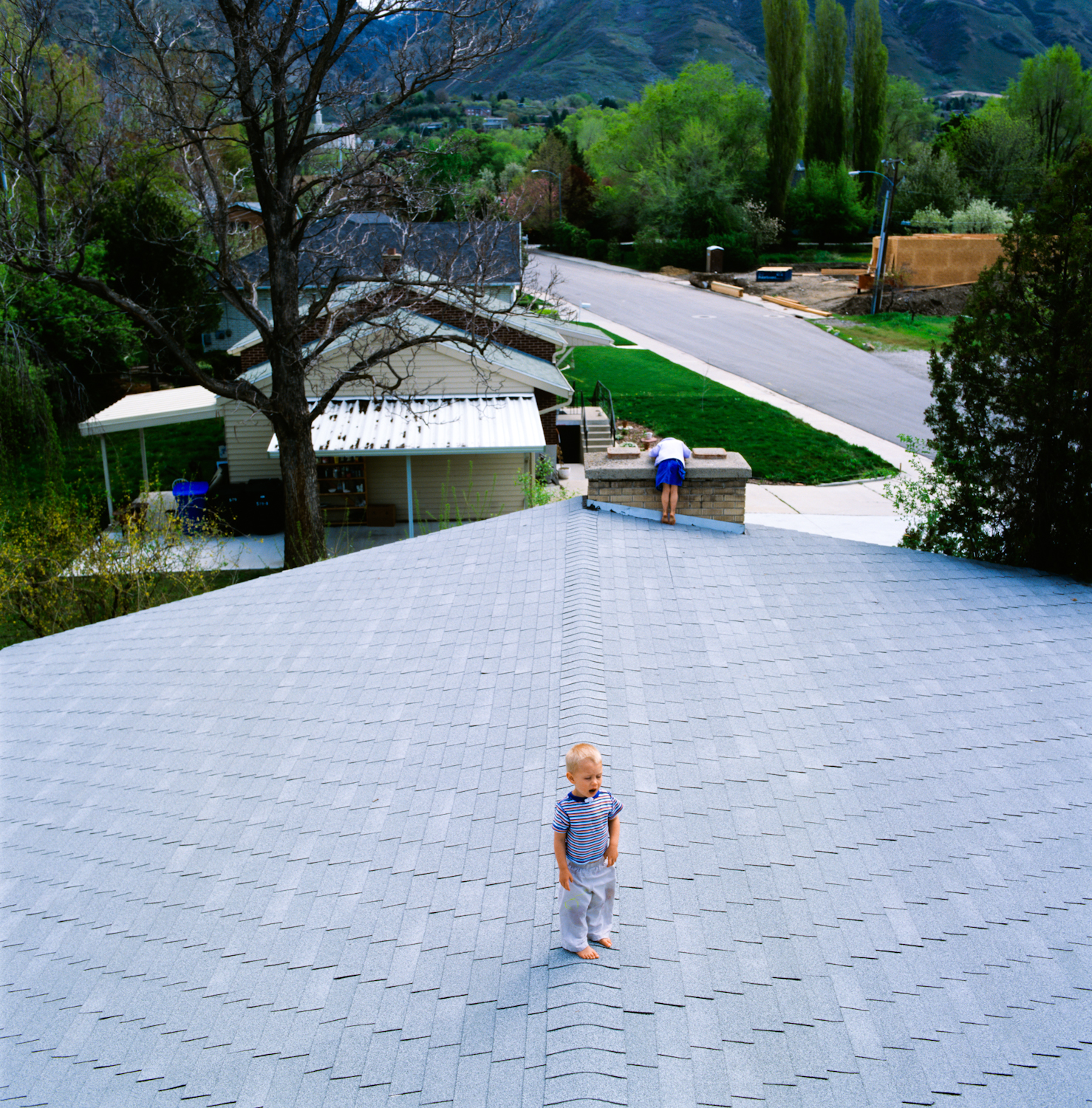


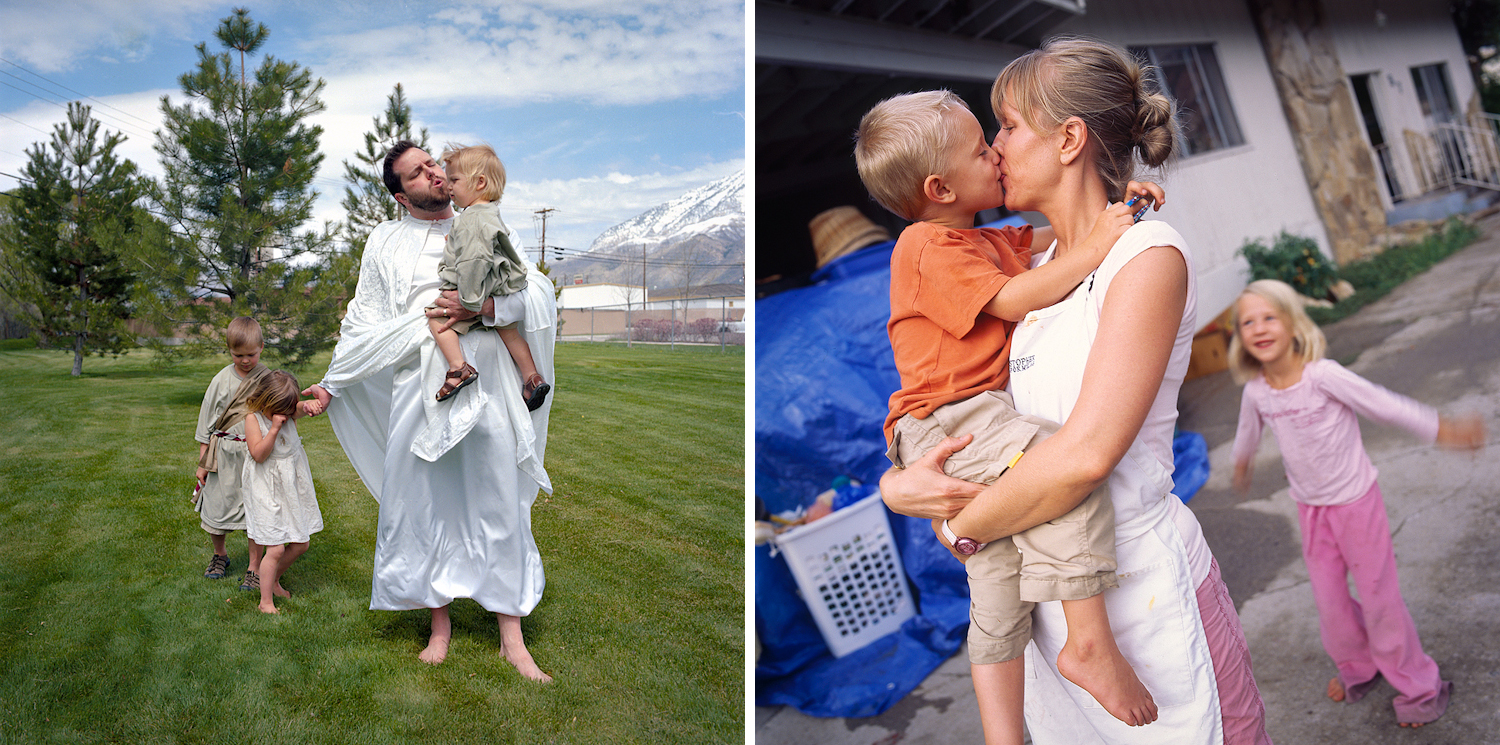


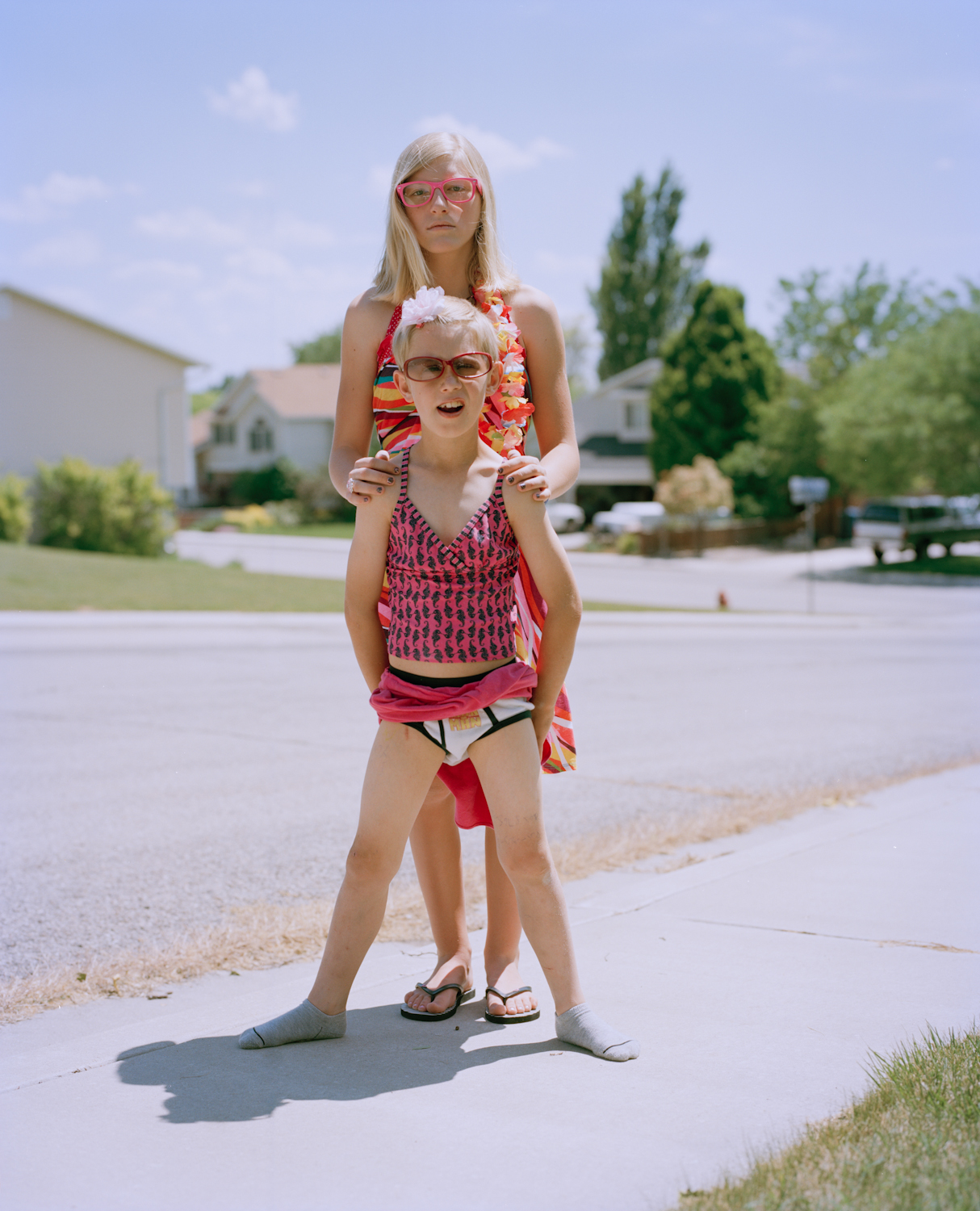
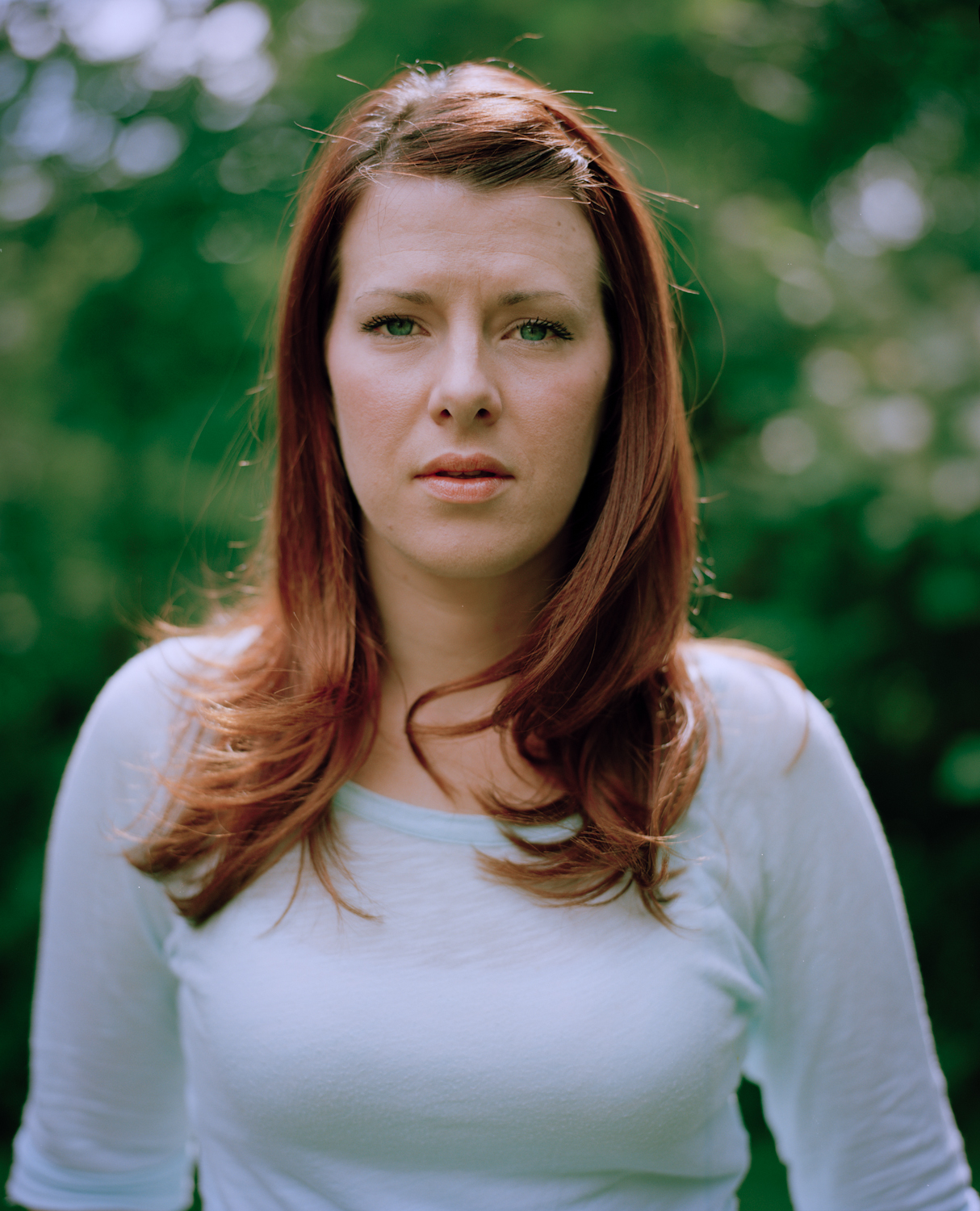


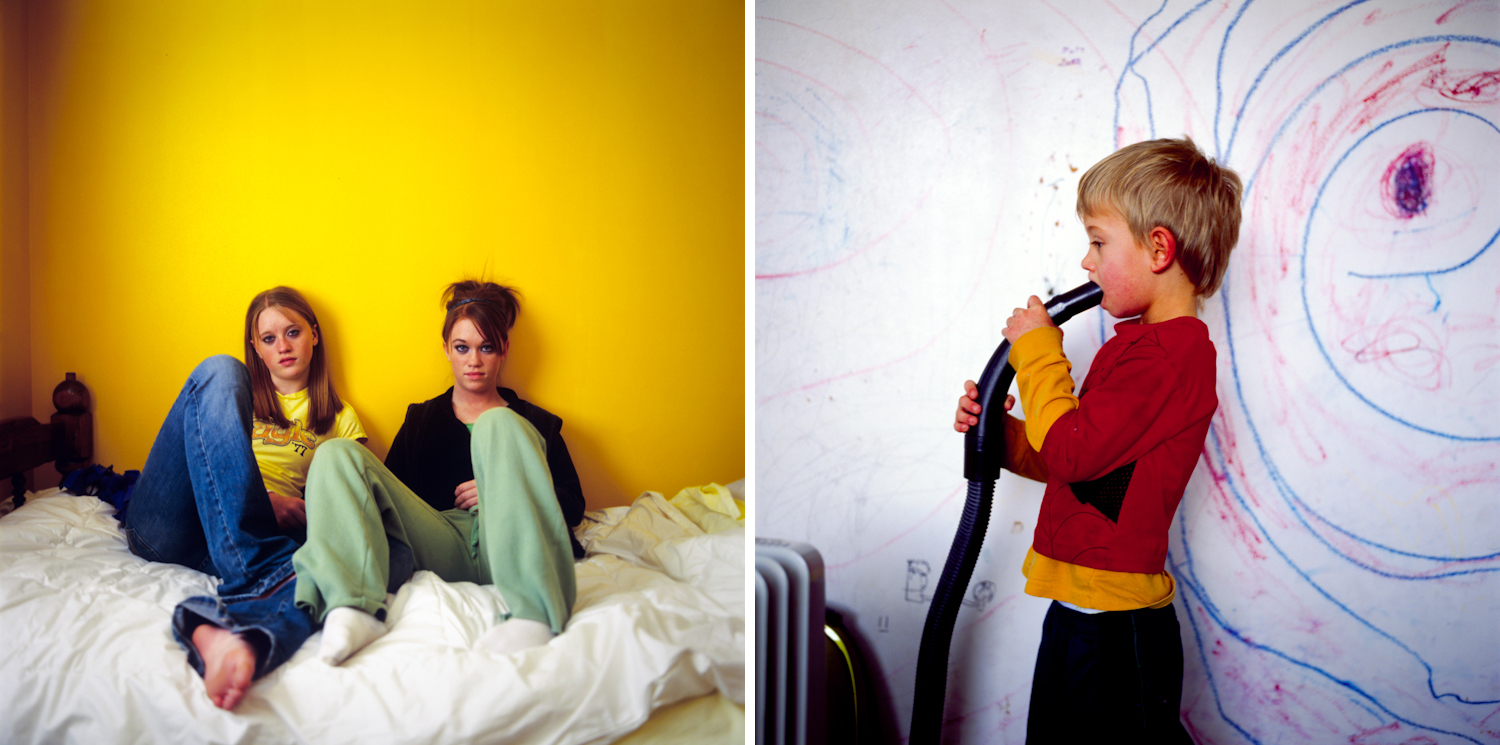
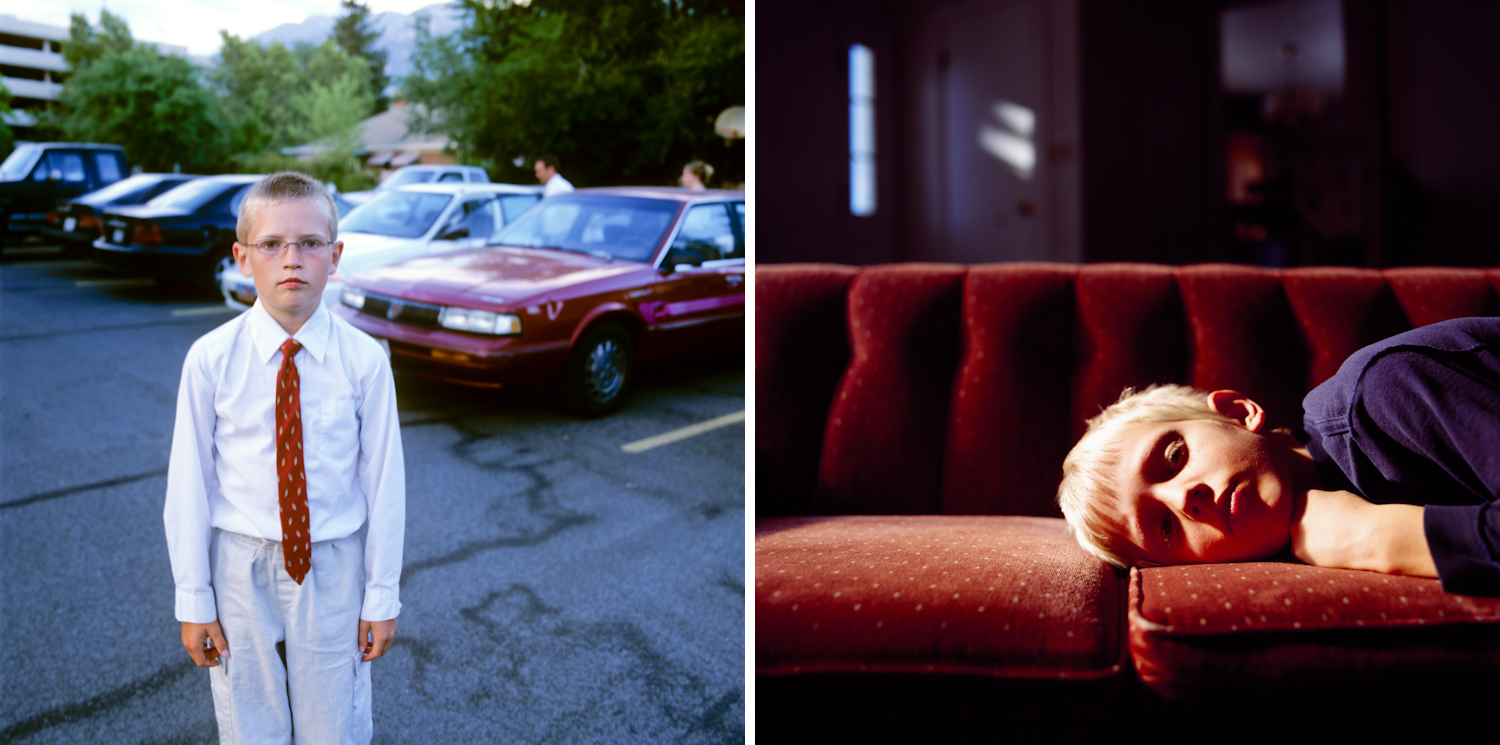


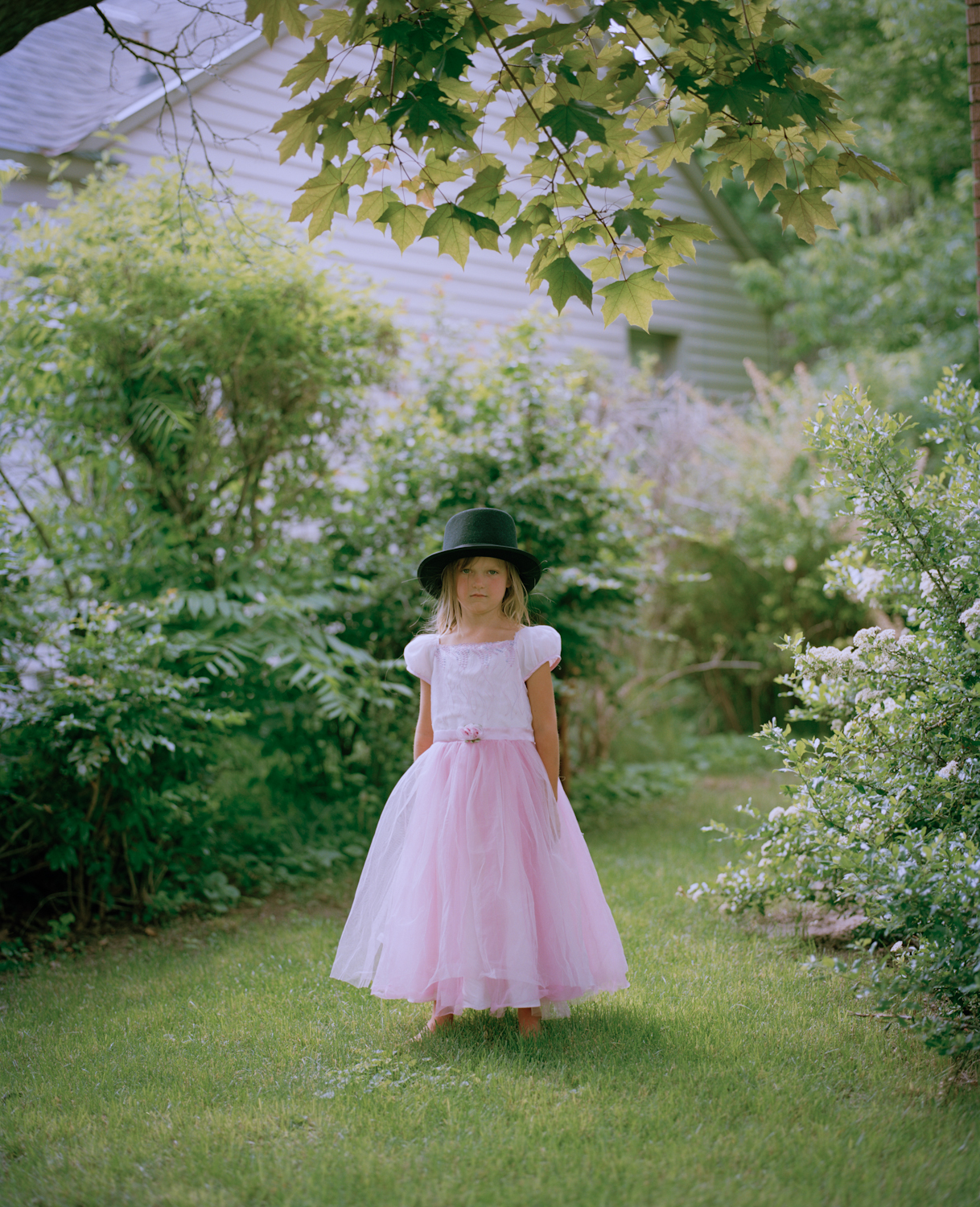


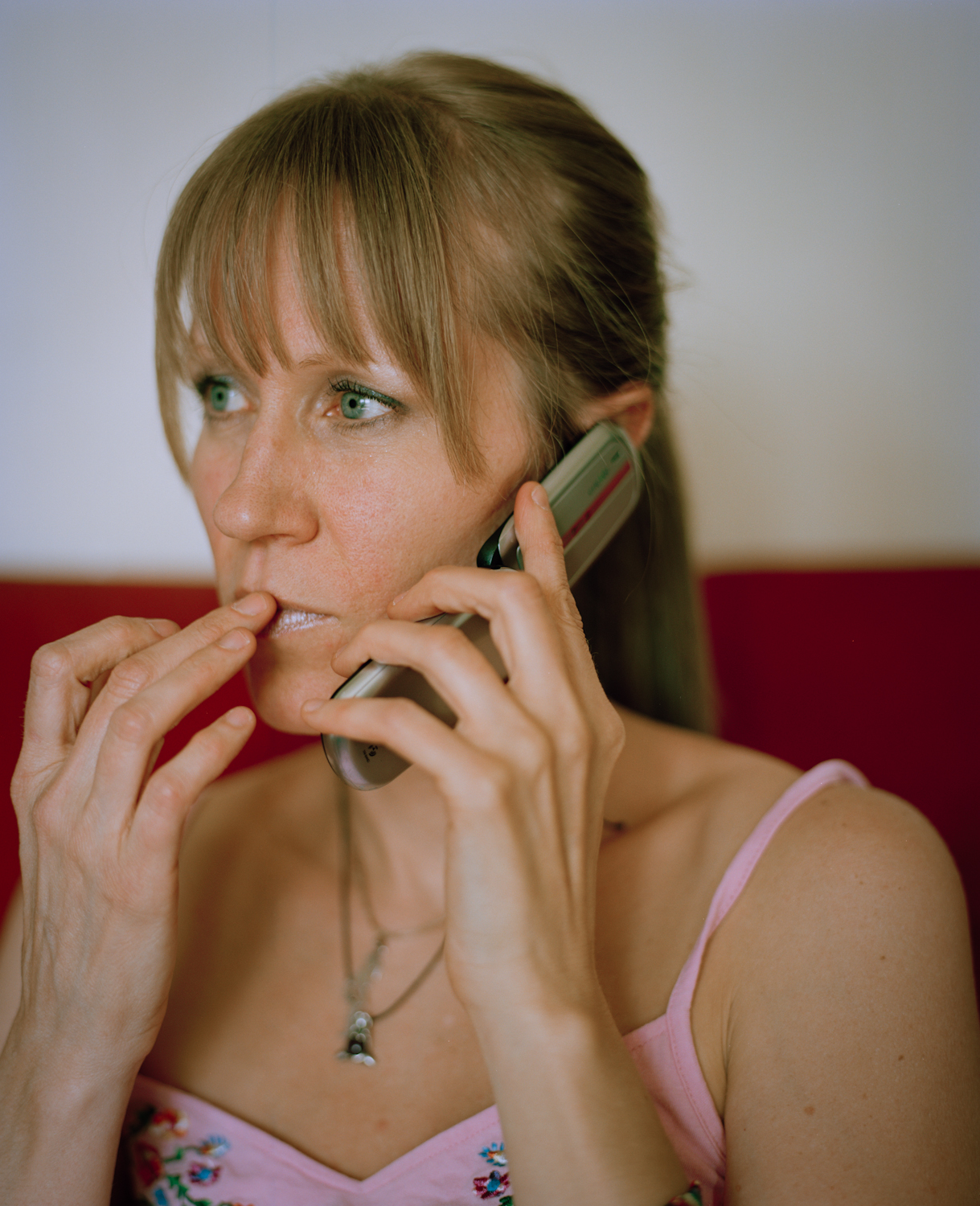
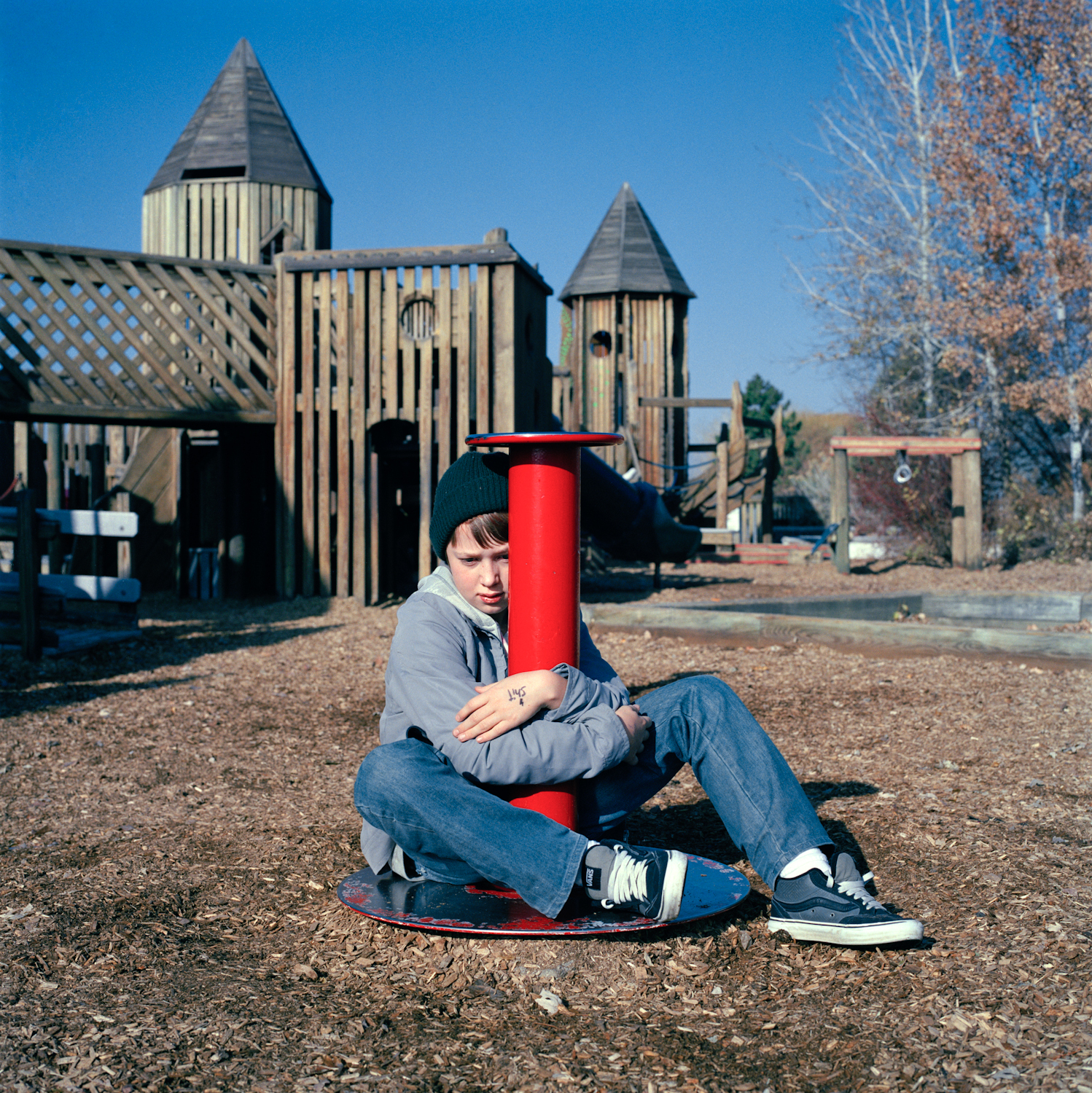

More Must-Reads From TIME
- The 100 Most Influential People of 2024
- The Revolution of Yulia Navalnaya
- 6 Compliments That Land Every Time
- What's the Deal With the Bitcoin Halving?
- If You're Dating Right Now , You're Brave: Column
- The AI That Could Heal a Divided Internet
- Fallout Is a Brilliant Model for the Future of Video Game Adaptations
- Want Weekly Recs on What to Watch, Read, and More? Sign Up for Worth Your Time
Contact us at letters@time.com